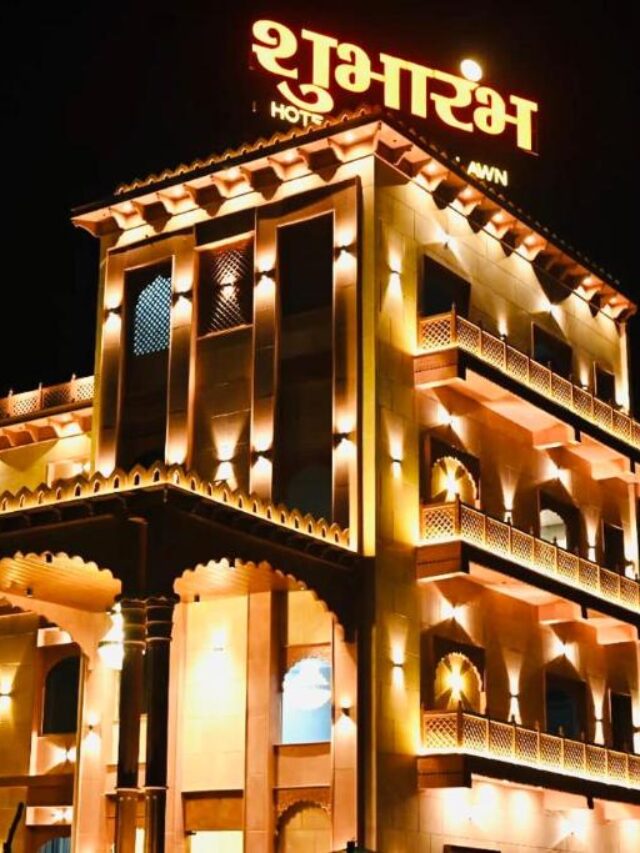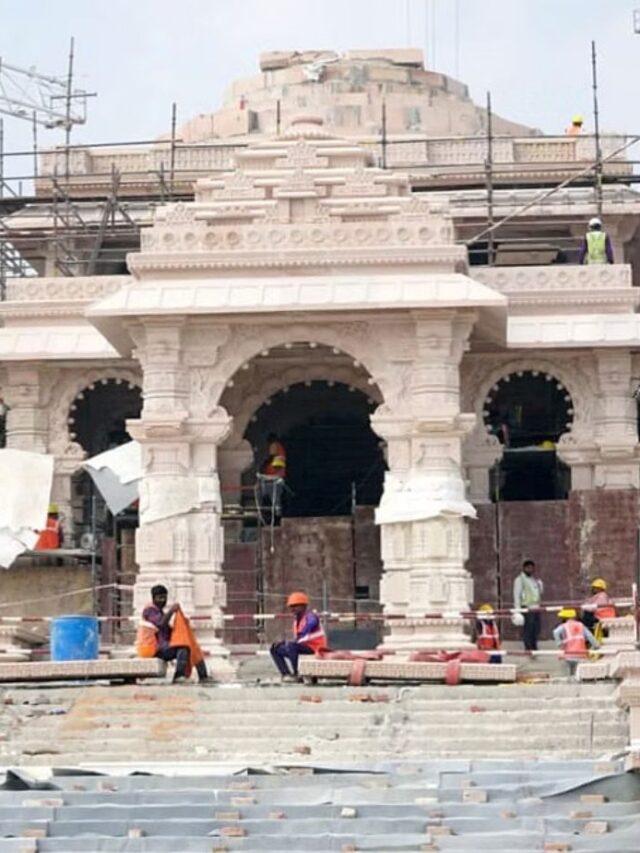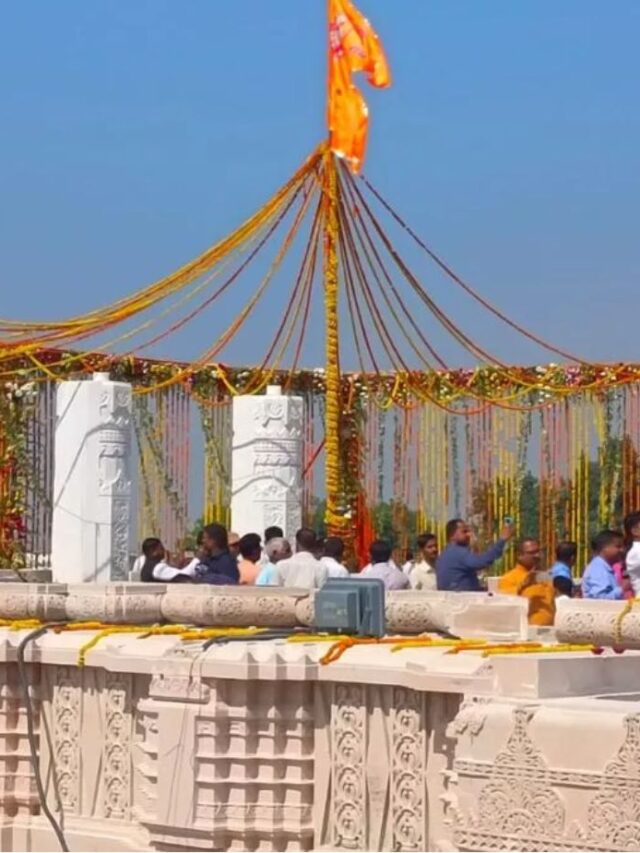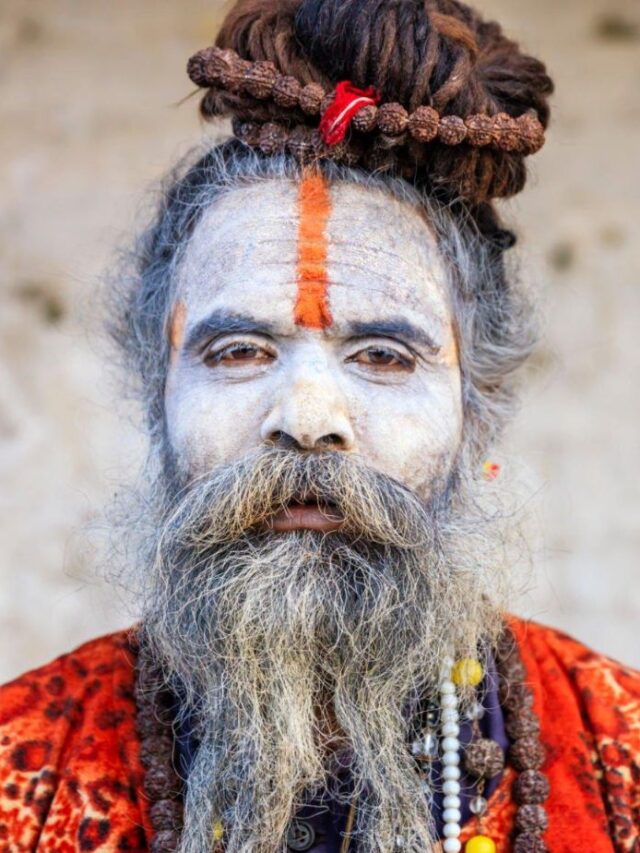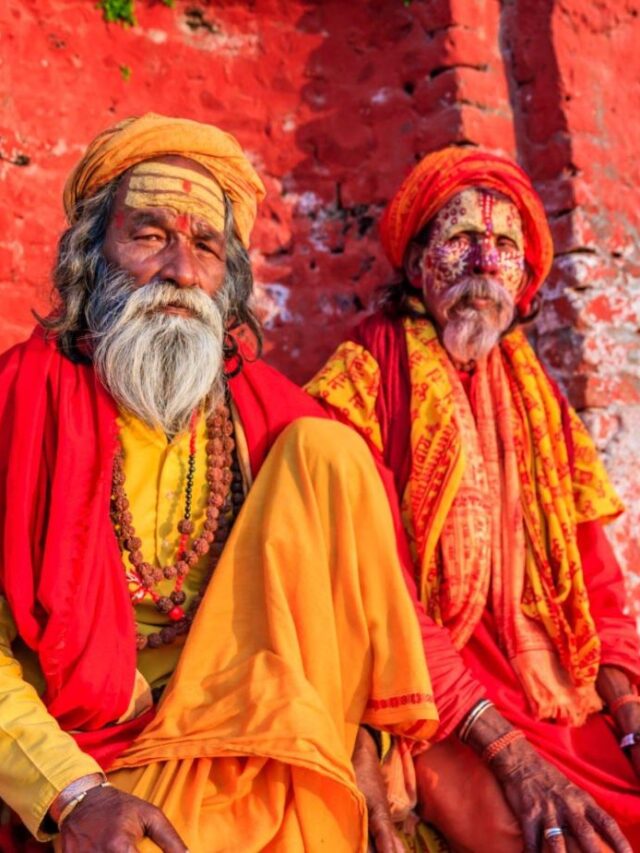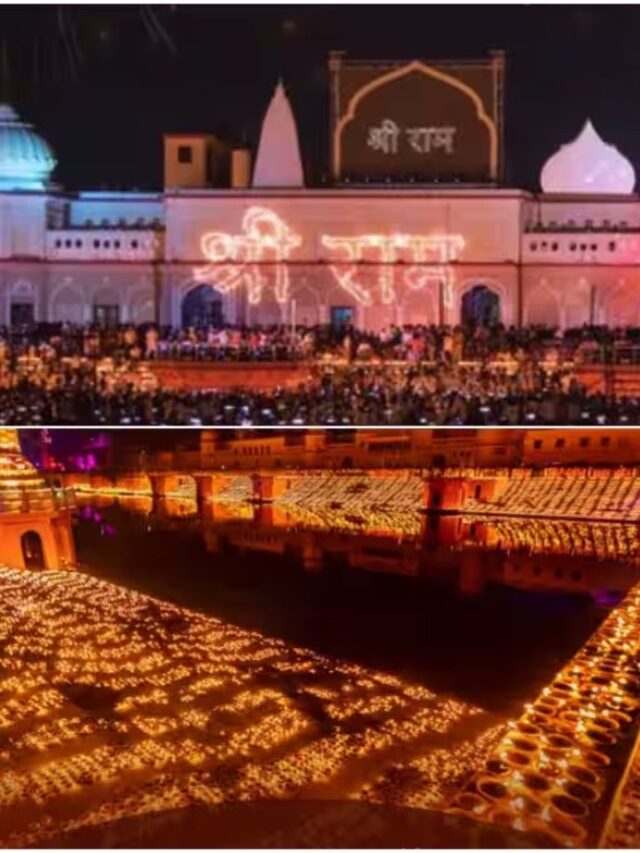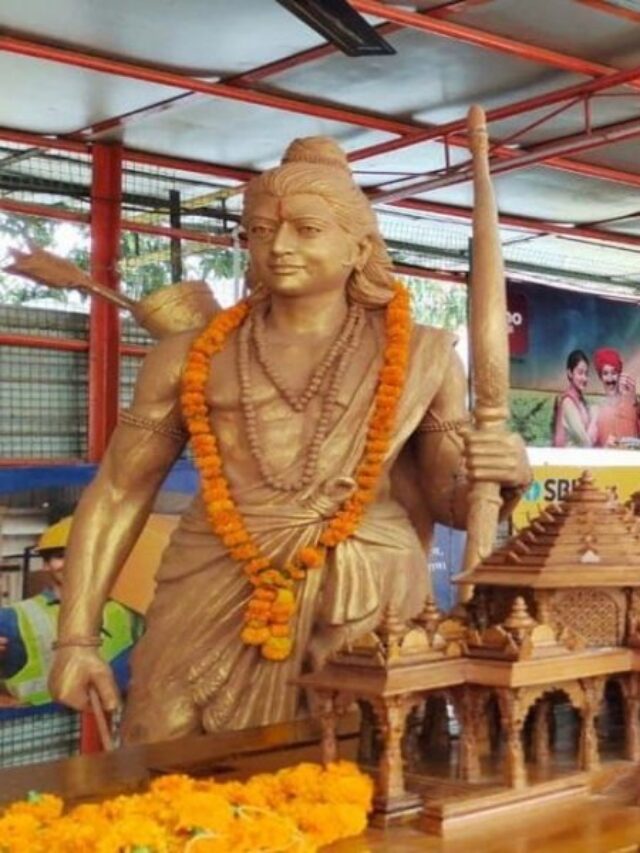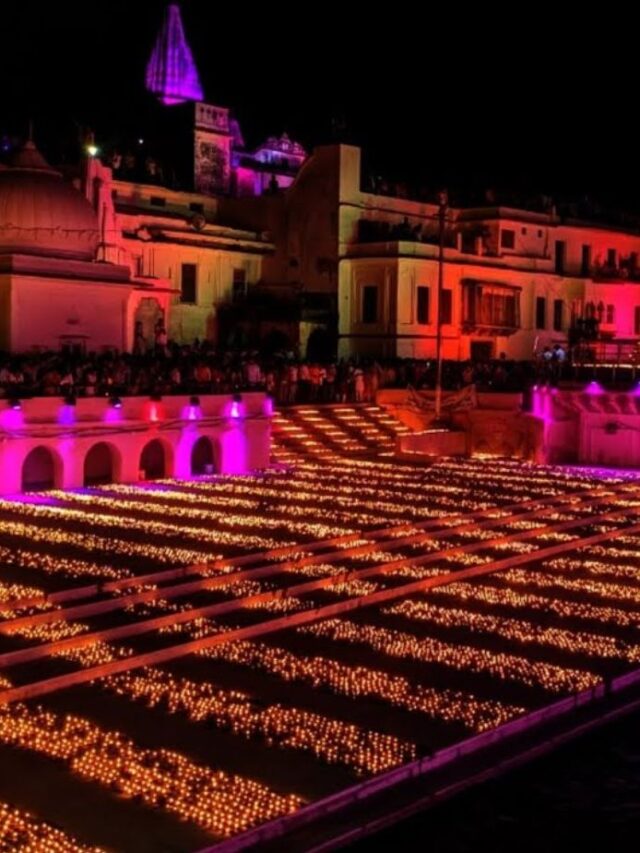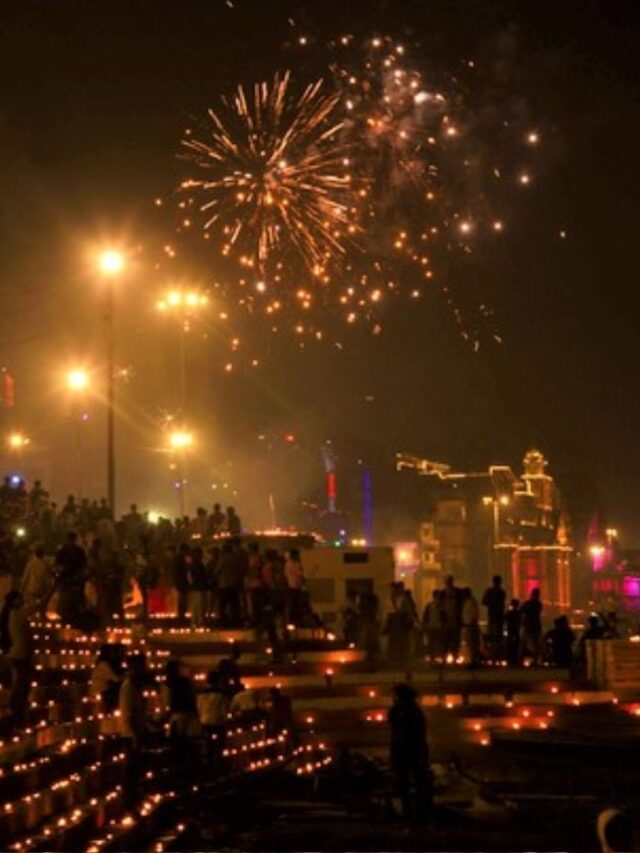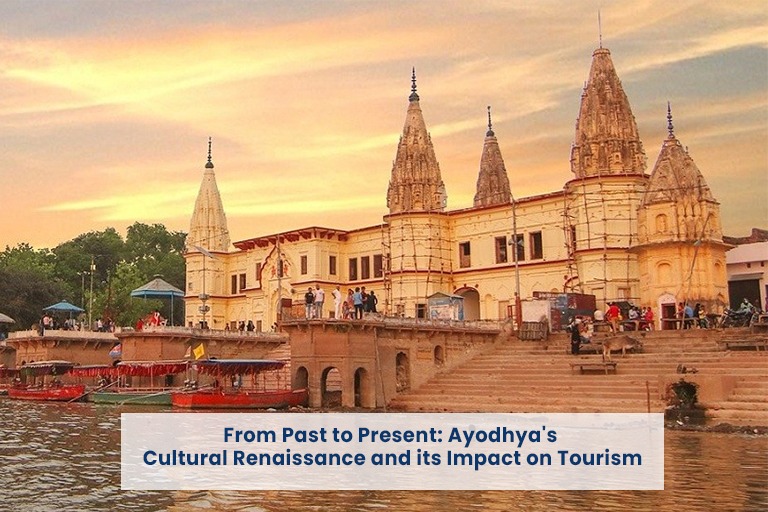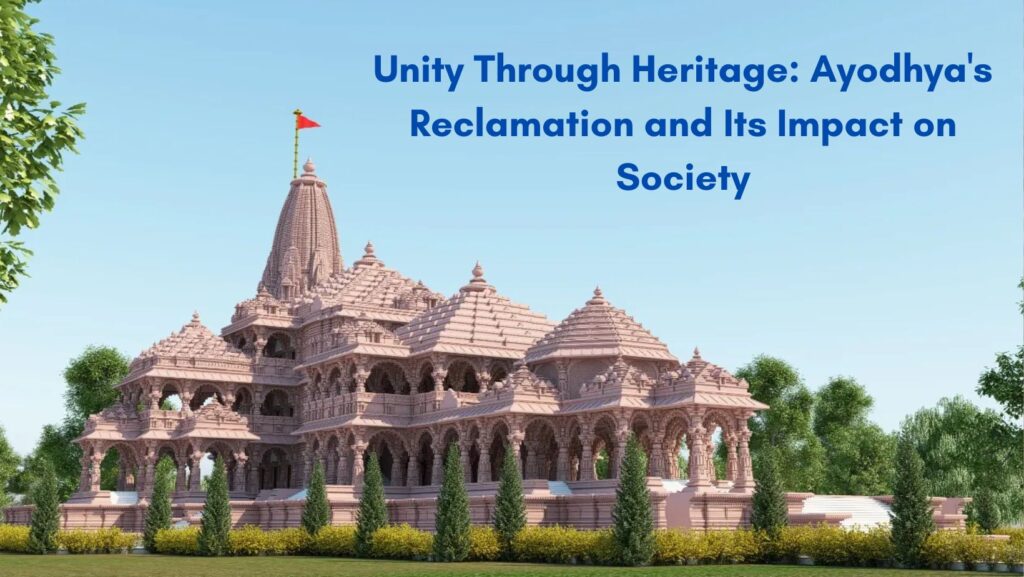Nestled on the banks of the sacred Sarayu River in Northern India, Ayodhya transcends time as a cradle of spirituality and cultural significance. Revered as the birthplace of Lord Rama, an embodiment of virtue in Hinduism, Ayodhya’s charm extends beyond religious devotion. Its rich history, adorned with architectural marvels like the grand Ram Janmabhoomi temple and the serene Hanuman Garhi, captivates pilgrims and history enthusiasts alike. With its profound religious aura and a tapestry of historical legacies, Ayodhya beckons seekers of both divine enlightenment and cultural heritage to its enchanting embrace.
Historical Significance
Ayodhya’s profound historical legacy traces its origins to the era of the Ramayana, a revered Hindu scripture. This sacred site is believed to be the birthplace of Lord Rama, the seventh avatar of Lord Vishnu. The epic narrative of Lord Rama’s journey, challenges, and ultimate victories stands at the heart of Indian mythology, and it finds jubilant expression during the Diwali festival, signifying the conquest of illumination over obscurity.

Throughout the ages, Ayodhya has served as an epicenter of spiritual reverence, attracting multitudes of Hindus on pilgrimages. Its historical eminence extends far beyond its connection to Lord Rama, for it once stood as a pivotal hub for Buddhist devotion during Emperor Ashoka’s reign. Ayodhya’s captivating historical narrative has transformed it into a treasure trove of varied cultural legacies, encompassing Hinduism, Buddhism, and Jainism, all of which have harmoniously shaped its distinct essence.
Also read – Ayodhya Ram Temple: Rs 900 crore spent on construction of Ram temple in 3 years
Cultural Diversity
In Ayodhya, a captivating tapestry of cultures unfolds, seamlessly weaving together diverse traditions, beliefs, and practices from a rich mosaic of religious backgrounds. Amidst its profound Hindu legacy, the city proudly showcases a multitude of temples and historic landmarks, each a testament to the myriad religious and cultural threads that interlace its vibrant tapestry.
A remarkable landmark in Ayodhya is Hanuman Garhi, an illustrious temple consecrated to Lord Hanuman, the revered deity in simian form. This temple stands as a symbol of the city’s rich tapestry of cultures, seamlessly blending Hindu and Islamic architectural influences. This harmonious coalescence of design principles serves as a testament to the enduring harmony and interplay among diverse communities within Ayodhya.
In the tapestry of Ayodhya’s rich history, it emerges as a sacred cradle for Jainism, reputedly marking the birthplace of five revered Jain Tirthankaras. This storied city bears witness to the thriving Jain community that not only resides within its boundaries but also weaves its vibrant threads into the tapestry of its cultural mosaic.
Architectural Marvels
Within Ayodhya’s embrace, an abundance of architectural wonders harmoniously interweaves the intricate threads of Hindu, Mughal, and diverse architectural influences, crafting an unparalleled visual tapestry that bears witness to the city’s opulent history and cultural heritage.

In Ayodhya, the Ram Janmabhoomi stands as an enduring symbol, where the ethereal essence of Lord Rama’s birthplace converges with the majestic intricacy of the temple’s design, drawing countless pilgrims and travelers each year, all while serving as a perpetual nexus for historical and political discourse.
An architectural masterpiece, the Nageshwar Nath Temple stands as a testament to both its exceptional design and profound spiritual importance. This sacred edifice not only highlights the city’s opulent cultural heritage but also serves as a magnet for pilgrims and tourists alike, transcending geographical boundaries.
Ayodhya’s architectural landscape beautifully reflects the Mughal legacy, with the resplendent Moti Mahal standing as a testament to Emperor Akbar’s grandeur. This palace, adorned with beautiful Mughal artwork and design, reflects the city’s historical connection to the Mughal dynasty.
Spiritual Harmony
In Ayodhya, a haven of spiritual coexistence, the city’s reputation as a Hindu pilgrimage hub is beautifully complemented by its warm embrace of individuals from diverse faiths. Ayodhya’s ambiance resonates with tranquility and a profound spirituality, rendering it a perfect sanctuary for those in search of inner reflection and serenity.
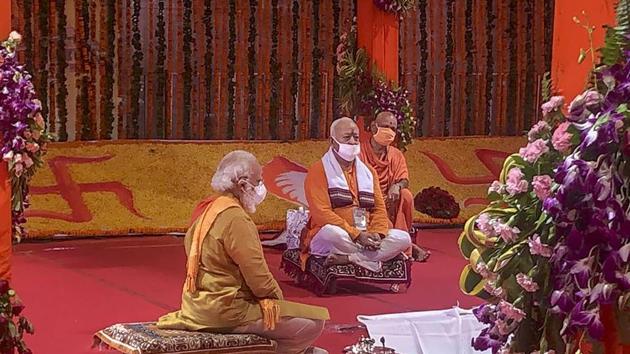
In the heart of Ayodhya, the Sita Rasoi stands as a sacred place, believed to be the very kitchen where Goddess Sita lovingly prepared meals for Lord Rama during their period of exile, embodying the timeless ideals of fostering connections and embodying the spirit of altruistic devotion, principles that touch the hearts of individuals from diverse backgrounds and beliefs.
Also read – Ram Mandir Construction: SP MP Shafiqur Rahman Burke raised questions on Ram Temple
Also read – Ayodhya’s Role in Hindu Mythology: Unraveling the Connection Between Ayodhya and Lord Ram’s Epic Tale
Unity in Diversity
Amidst Ayodhya’s rich tapestry of religions and cultures, a profound sense of togetherness pervades the hearts of its inhabitants. Diverse individuals with varying backgrounds and beliefs gracefully cohabitate, joyfully embracing one another’s customs and celebrations. This harmonious coexistence showcases Ayodhya’s cultural opulence and underscores its residents’ unwavering dedication to nurturing the city’s social bonds.
Conclusion
Ayodhya, steeped in millennia of history, holds a unique place in India’s cultural tapestry. Its significance lies in being the birthplace of Lord Rama, a revered deity in Hinduism. The city’s diverse religious heritage encompasses not only the Ram Janmabhoomi but also numerous temples, mosques, and spiritual sites. This amalgamation of faiths and stories reflects Ayodhya’s role as a symbol of religious harmony and coexistence. Furthermore, its captivating architecture and serene ghats along the Sarayu River add to its distinctive charm, making Ayodhya a destination that transcends time and faith, inviting all to explore its mystical allure.
Also read – Explore The Dadhimati Mata Temple in Nagaur

